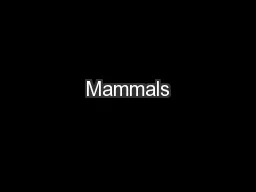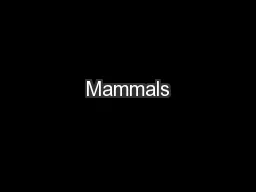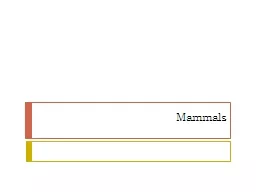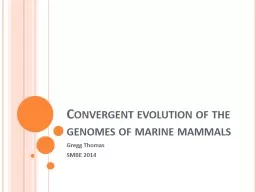PPT-Chemical Control in Mammals
Author : danika-pritchard | Published Date : 2017-12-26
Understand the principles of mammalian hormone production by endocrine glands and their mode of action involving receptors on target cells Know that there are two
Presentation Embed Code
Download Presentation
Download Presentation The PPT/PDF document "Chemical Control in Mammals" is the property of its rightful owner. Permission is granted to download and print the materials on this website for personal, non-commercial use only, and to display it on your personal computer provided you do not modify the materials and that you retain all copyright notices contained in the materials. By downloading content from our website, you accept the terms of this agreement.
Chemical Control in Mammals: Transcript
Download Rules Of Document
"Chemical Control in Mammals"The content belongs to its owner. You may download and print it for personal use, without modification, and keep all copyright notices. By downloading, you agree to these terms.
Related Documents














